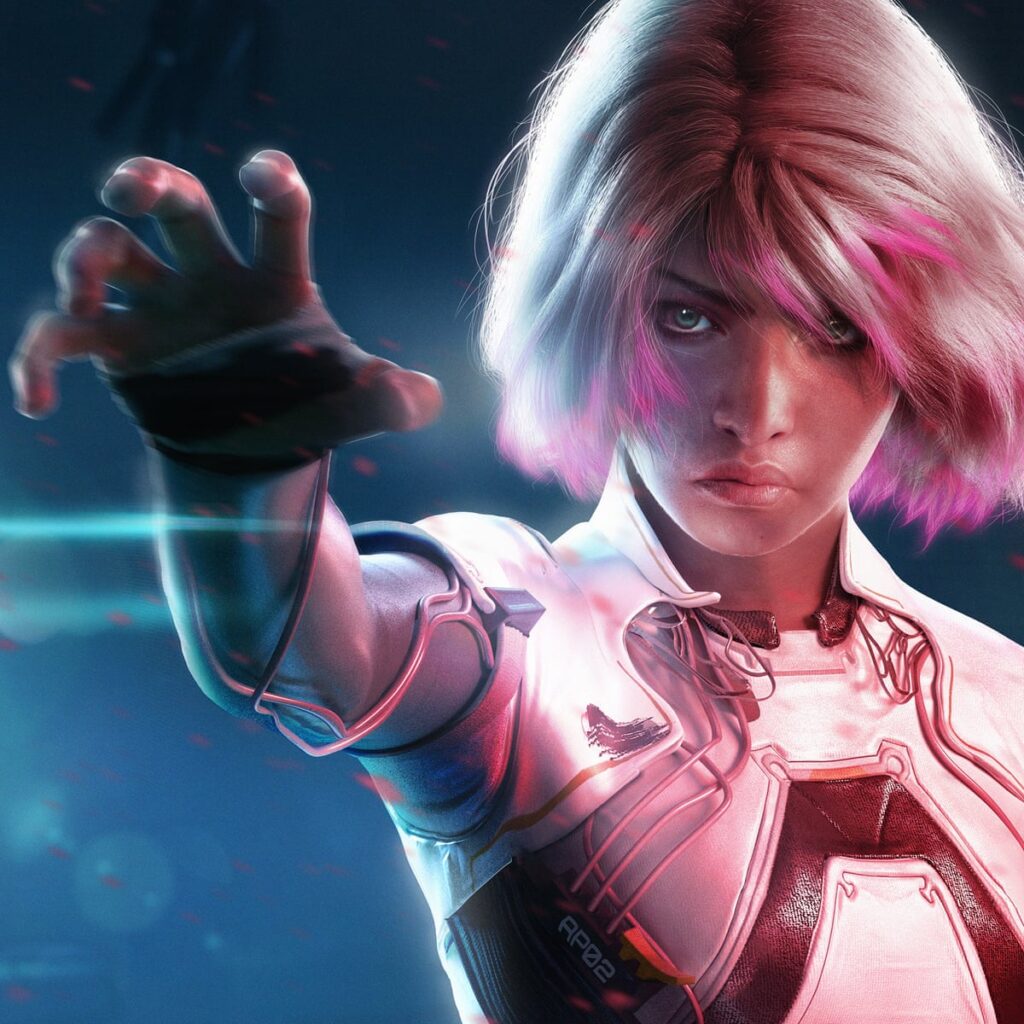Games are intricately designed with carefully planned gameplay mechanics, graphics, and animation. Game development involves four stages – pre-production, production, testing, and release. Art and animation are essential for creating immersive gameplay and stunning visuals. Concept art helps establish the visual direction of the game, assets are created using 3D software, and animation techniques breathe life into characters and objects. Lighting and shadows affect the mood of the game, while textures add surface detail to objects and characters. Game development is complex, but the intricate details in art and animation make games come to life.
Introduction
Games are more intricate and complex than we often realize. From the gameplay mechanics to the graphics and animation, every aspect of a game is carefully planned and implemented. In this article, we will explore the art and animation techniques used in creating games, taking a peek behind the scenes and uncovering the secrets of the creative process.
Game Development
Game development is a complex process that requires the collaboration of various teams. The development process typically includes four main stages: pre-production, production, testing, and release. During pre-production, the concept of the game is formulated, and a team is assembled to bring the game to life. In the production stage, the game is designed, programmed, and tested until it is ready for release.
Art and Animation
One of the most critical aspects of game development is the art and animation. In an industry where competition is fierce, developers must create games with stunning graphics and engaging gameplay to attract audiences. Here are some of the art and animation techniques used in creating games.
Concept Art
Concept art is the visualization of ideas, themes, and characters in a game. It helps to establish the visual direction of the game and gives artists a starting point for creating assets. Concept art can be created in various media, including digital painting, 3D modeling, or traditional drawing.
Asset Creation
Asset creation is the process of creating objects, characters, and environments for use in a game. These assets are created in 3D software, such as Maya, 3DS Max or Blender. The objects are then textured and rendered to create realistic or stylized 3D objects that can be used in the game.
Animation Techniques
Animation techniques are used to breathe life into game characters and objects. These techniques include keyframe animation, motion capture, and procedural animation. Keyframe animation involves setting key poses for the character or object and letting the software fill in the in-between frames. Motion capture involves recording real-world movements and transferring them to a 3D model. Procedural animation is created by using algorithms to generate animations based on specific rules or parameters.
Lighting and Shadows
Lighting and shadows are essential to creating a realistic or stylized visual aesthetic in games. Lighting affects the mood and atmosphere of the game, and shadows give objects depth and definition. Real-time lighting engines like Unreal Engine 4 and Unity allow game developers to create sophisticated lighting setups that mimic real-world lighting conditions.
Texturing
Textures add surface detail to game objects and characters, giving them a realistic or stylized look. Textures can be created in various software, such as Substance Painter or Photoshop. Game developers often use a technique called PBR (Physically-Based Rendering) to create accurate material properties for surfaces in the game.
Conclusion
Designing and creating games is a complex and time-consuming process. However, the art and animation techniques used in creating games allow for stunning visuals and engaging gameplay. Concepts are transformed into reality through different stages of development, and intricate details like object creation, animation techniques, lighting and shadow, and texturing make games come to life. The next time you play a game, take a closer look and appreciate the amount of work that goes into making it an immersive experience.
